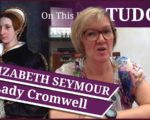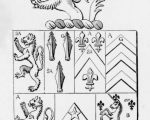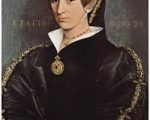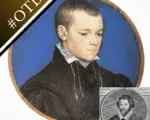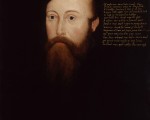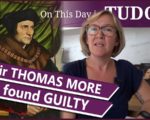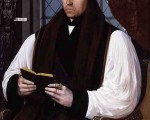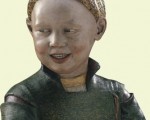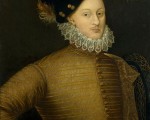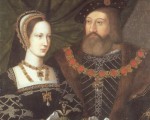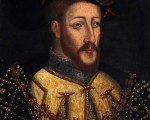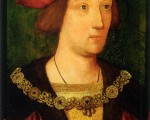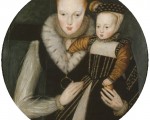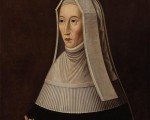2nd July:
1489 – Archbishop Thomas Cranmer was born in Aslockton, Nottinghamshire, England. He was the son of Thomas Cranmer, and his wife Agnes (nee Hatfield). He served Henry VIII and Edward VI as Archbishop of Canterbury but was burnt at the stake for heresy by Mary I on 21 March 1556.
1497 – Death of Sir William Haute, composer and cousin of Elizabeth Woodville. Haute was Sheriff of Kent at various times, as well as a Justice of the Peace and Commissioner. According to his biographer, Peter Fleming, he was also a patron of musicians, and a composer, composing carols and “polyphonic settings of the Benedicamus domino”.
1536 – Thomas Cromwell formally appointed Lord Privy Seal in Thomas Boleyn’s place.
1540 – Henry Fitzalan, the future 12th Earl of Arundel, appointed Deputy of Calais, replacing Arthur Plantagenet, Viscount Lisle.
1557 – Baptism of Philip Howard, 13th Earl of Arundel, son of Thomas Howard, 4th Duke of Norfolk, and his wife Mary (née Fitzalan). He was baptised in the Chapel Royal at Whitehall Palace with Philip of Spain and Nicholas Heath, Archbishop of York, standing as godfathers and Elizabeth Howard, dowager Duchess of Norfolk, standing as godmother.
1594 – Burial of Robert Scarlett (Old Scarlett), sexton at Peterborough Cathedral. A verse accompanying his portrait in the cathedral states that he buried Catherine of Aragon and Mary, Queen of Scots at the cathedral, but it is not known whether this is true.
1610 – Burial of Richard Knolles, historian and translator, at St Mary’s Church, Sandwich. His works include “The Generall Historie of the Turkes” (1603), The “Six Bookes of a Commonweale” (1606), which was a translation of Jean Bodin’s “La république”, and a translation of Camden’s “Britannia”, which was not published.
[Read More...]


